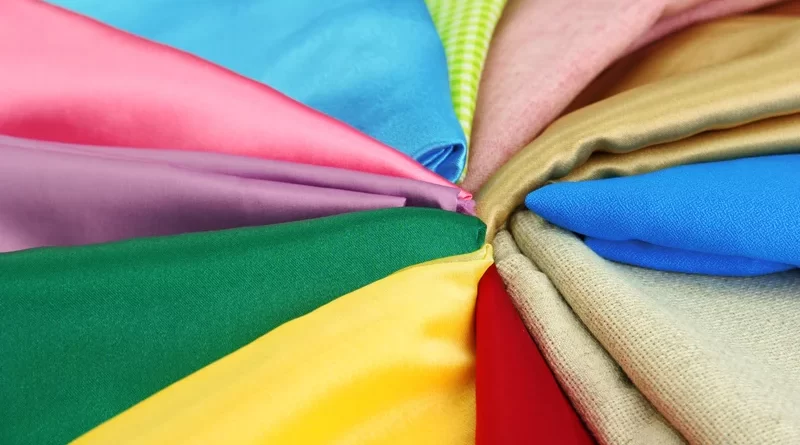Fabric Types in Embroidery Logo Digitizing Service
Embroidery digitizing is a meticulous art form that requires careful consideration of various factors to achieve optimal results. One crucial element in this process is the selection of the fabric type. The type of fabric used can significantly impact the outcome of your embroidery project, affecting everything from stitch density to overall appearance. In this article, we’ll delve into the importance of understanding fabric types in logo digitizing and how to choose the right fabric for your embroidery endeavors.
Understanding the Role of Fabric
Understanding the role of fabric is crucial in the realm of logo digitizing. Fabric serves as the canvas upon which the embroidery design is brought to life, influencing every aspect of the stitching process. Different fabrics possess distinct properties, such as texture, density, and stretch, all of which directly impact how the embroidered design will appear. By comprehending the role of fabric, digitizers can make informed decisions when selecting materials and adjusting digitizing settings to ensure that their embroidered logos achieve the desired aesthetic quality and durability.
Whether working with delicate cottons, durable polyesters, textured linens, plush fleeces, or robust canvases, recognizing the significance of fabric empowers digitizers to optimize their techniques for each specific material, resulting in impeccable embroidered designs tailored to meet the unique requirements of every project.
Common Fabric Types for Embroidery
- Cotton: Cotton is highly favored among embroiderers for its natural fibers and smooth surface, which serve as an excellent canvas for intricate designs. Its inherent stability provides a reliable base for embroidery, ensuring that stitches lay evenly and securely. Whether working with lightweight cotton lawn or heavyweight denim, embroiderers must adapt digitizing settings accordingly to achieve optimal results.
- Polyester: Polyester fabrics are well-known for their durability and wrinkle resistance, making them perfect for garments that undergo frequent washing or heavy use. Frequently employed in sportswear, uniforms, and promotional items, polyester blends offer a versatile solution for a variety of applications. When digitizing designs for polyester, it’s important to consider the fabric’s sheen to avoid puckering caused by excessive stitching.
- Linen: Linen fabrics provide a unique appeal with their textured surface and rustic charm, making them a preferred choice for projects seeking a natural aesthetic. Despite their allure, embroidering on linen presents its challenges due to its loose weave and propensity to shrink. When digitizing for linen, meticulous consideration must be given to stitch density and underlay to uphold the design’s integrity.
- Fleece: Fleece fabrics, including polar fleece or microfleece, are popular choices for outerwear and blankets due to their softness, lightweight nature, and slight stretch. Fleece’s qualities make it perfect for intricate digitized designs, offering stability and forgiveness for embroidery on its surface. However, embroidering on fleece requires careful consideration of digitizing settings to accommodate the fabric’s loftiness.
- Canvas: Canvas fabrics offer a robust and durable surface, making them a prime selection for embroidery ventures demanding stability and longevity, such as tote bags, backpacks, and upholstery. When digitizing for canvas, special attention must be given to the fabric’s coarse texture. Using thicker threads and increasing stitch densities ensures the embroidered design stands out and can withstand the rugged fabric.
Factors to Consider When Choosing Fabric
When selecting fabric for logo digitizing, consider the following factors:
- Density: Density is vital for embroidered designs, dictating stitch placement. When picking fabric, consider density suitable for your design’s complexity. Lighter fabrics like cotton or silk need tighter stitches to prevent show-through. Heavier fabrics like denim may require more open stitching to avoid puckering. Matching fabric density to design intricacy ensures optimal results, highlighting embroidered logos’ beauty and precision.
- Stretch: When working with stretchy fabrics, maintain design integrity and garment shape. Use appropriate stabilizers and adjust stitch settings. Employ tailored stabilizers and fine-tune stitch parameters. Prevent distortion and puckering for a polished finish. Enhance aesthetic appeal and ensure comfort and longevity.
- Texture: Consider the fabric’s texture in logo digitizing for overall design appearance. Smooth fabrics support intricate detailing with flat stitches for crisp lines. Textured fabrics like fleece or canvas need stitch length and underlay adjustments. Their texture can obscure details, requiring shorter stitches and proper underlay for legibility and aesthetic appeal. Embroiderers adapt digitizing techniques for high-quality designs that enhance the finished product’s visual impact.
Why Do You Need Embroidery Logo Digitizing Service?
Conclusion
In conclusion, understanding fabric types is crucial for successful logo digitizing. Different fabrics have varying densities, textures, and stretch capabilities that impact embroidery outcomes. Cotton offers a smooth surface for crisp stitching, polyester provides durability and wrinkle resistance, linen offers a rustic appearance but requires attention to its loose weave, fleece is soft and lightweight but may require adjustments for loftiness, and canvas is sturdy and coarse, necessitating thicker threads and higher stitch densities. Consider density, stretch, and texture when choosing fabric, adjusting digitizing settings accordingly. With the right fabric and digitizing techniques, embroidered logos will stand out with precision and clarity, enhancing the overall quality and durability of the designs.

